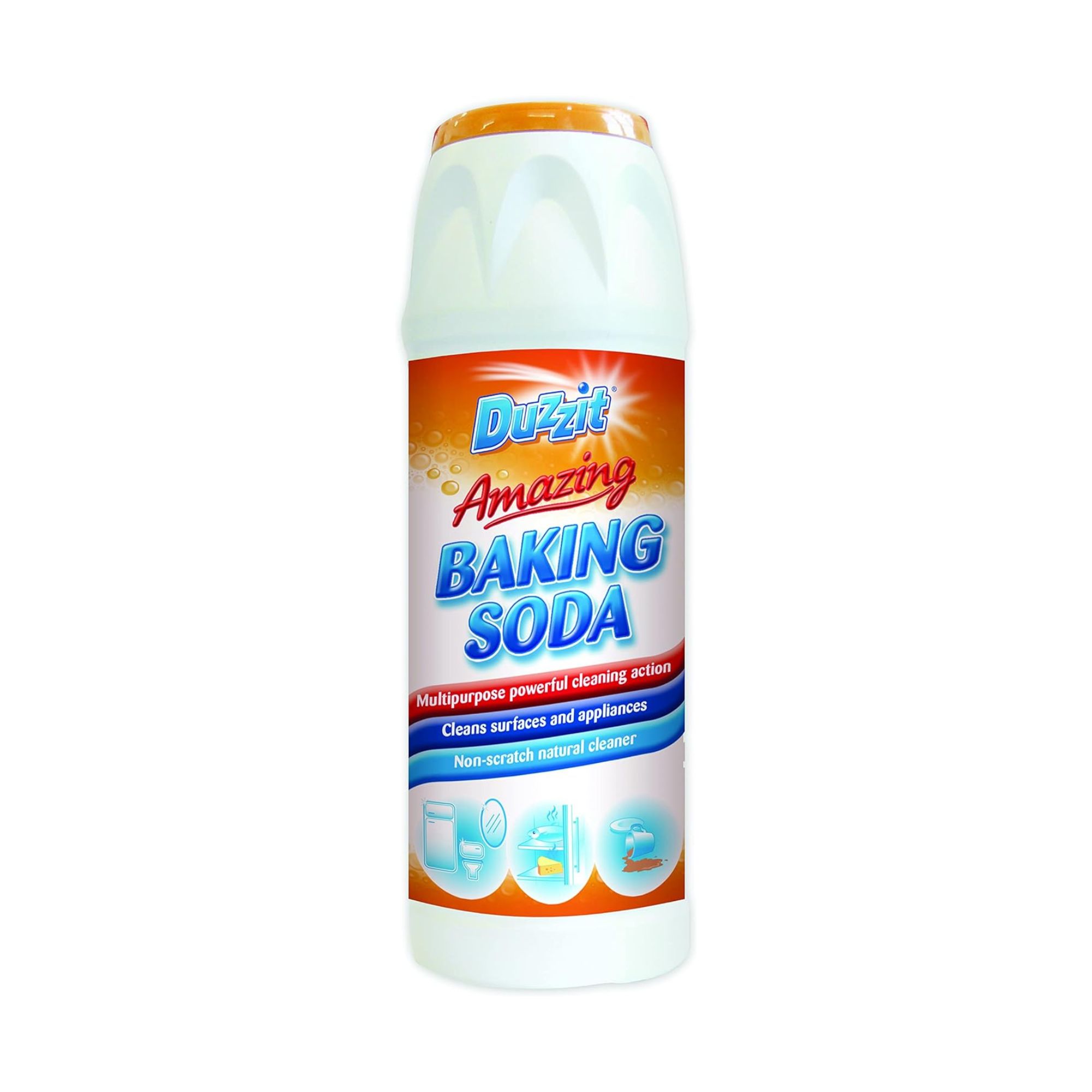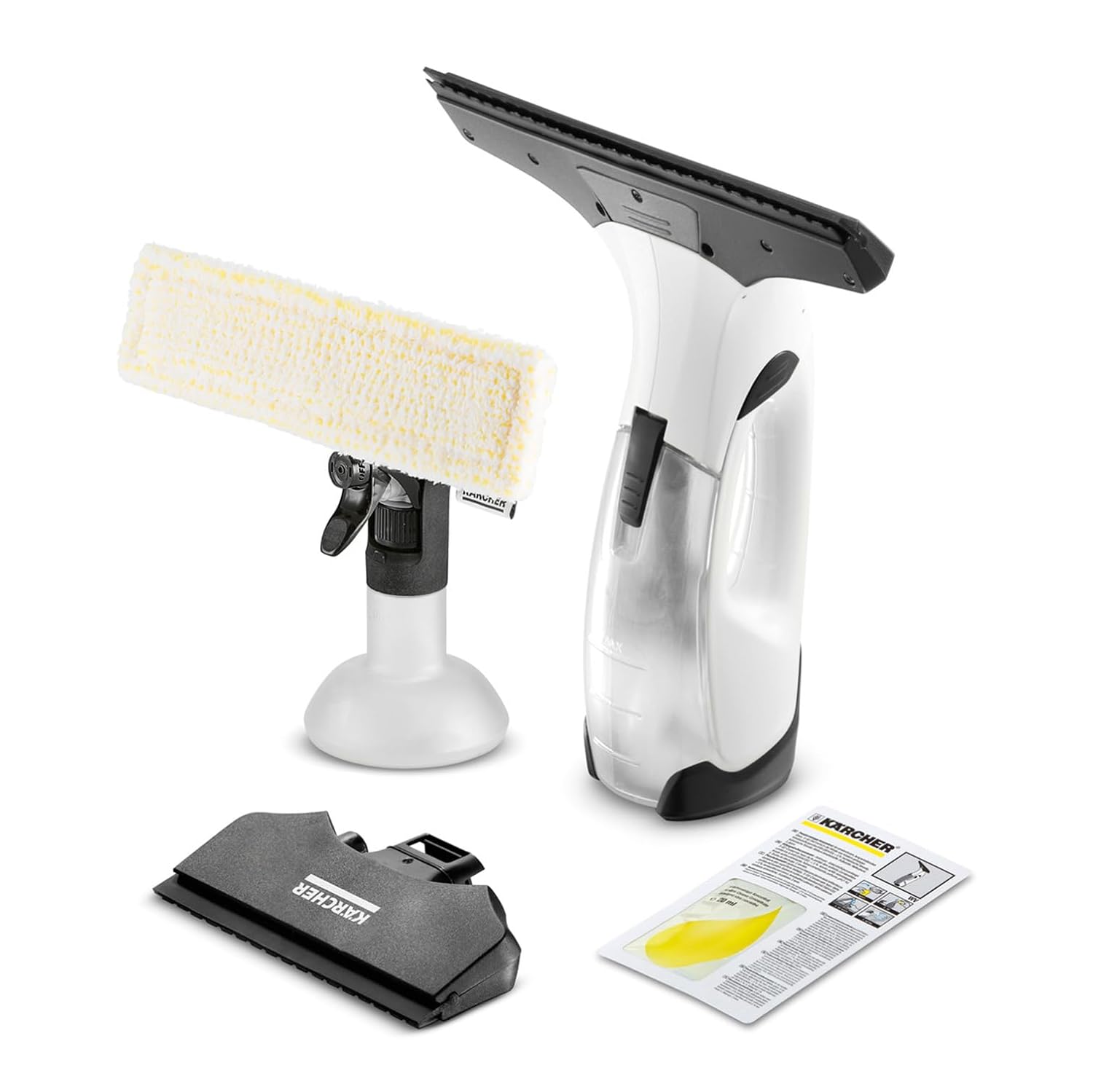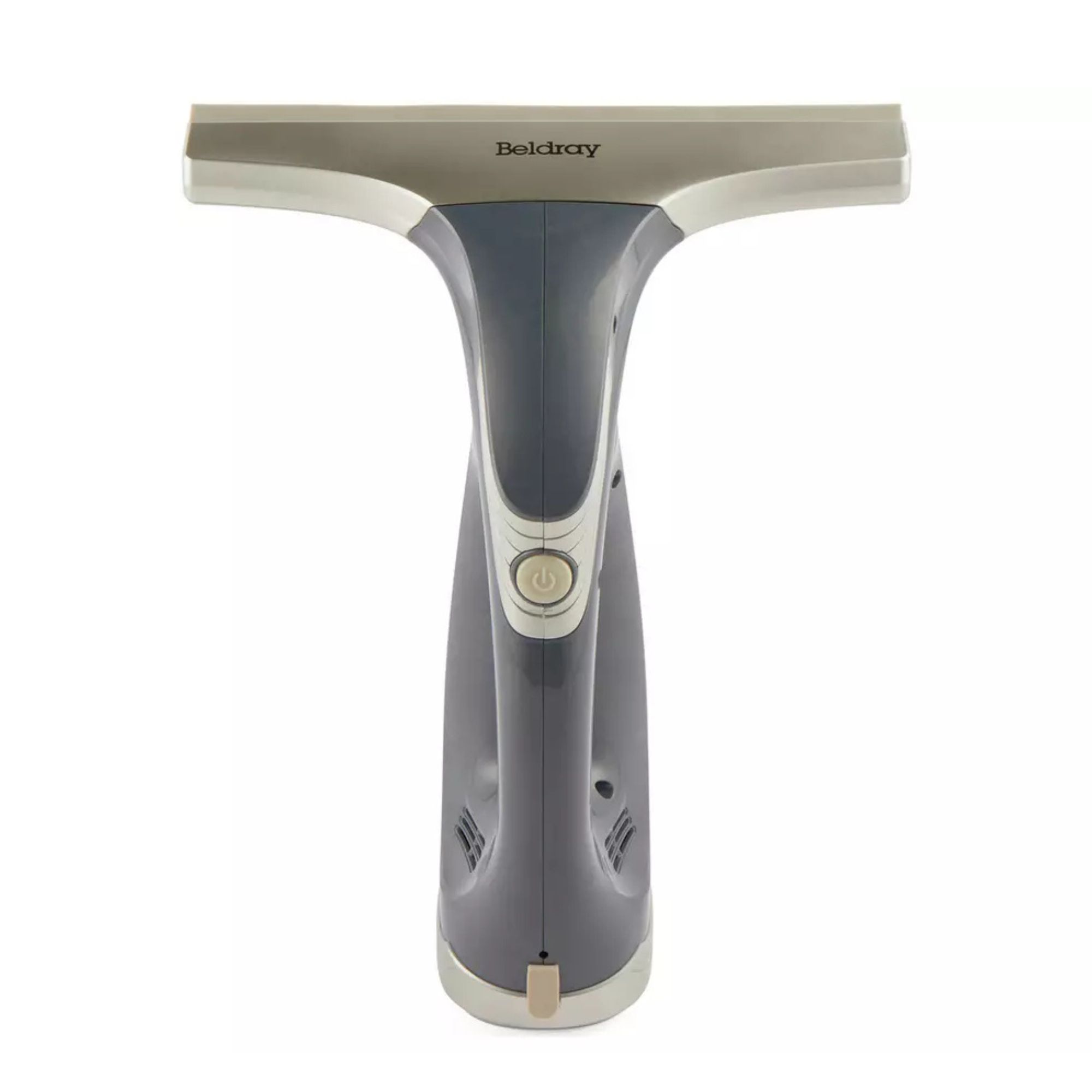Condensation is a huge problem in my damp Victorian home – I tried three ways to get rid of it, and this is the only one I'd use again
It's the only thing I'll trust to maintain condensation-free windows
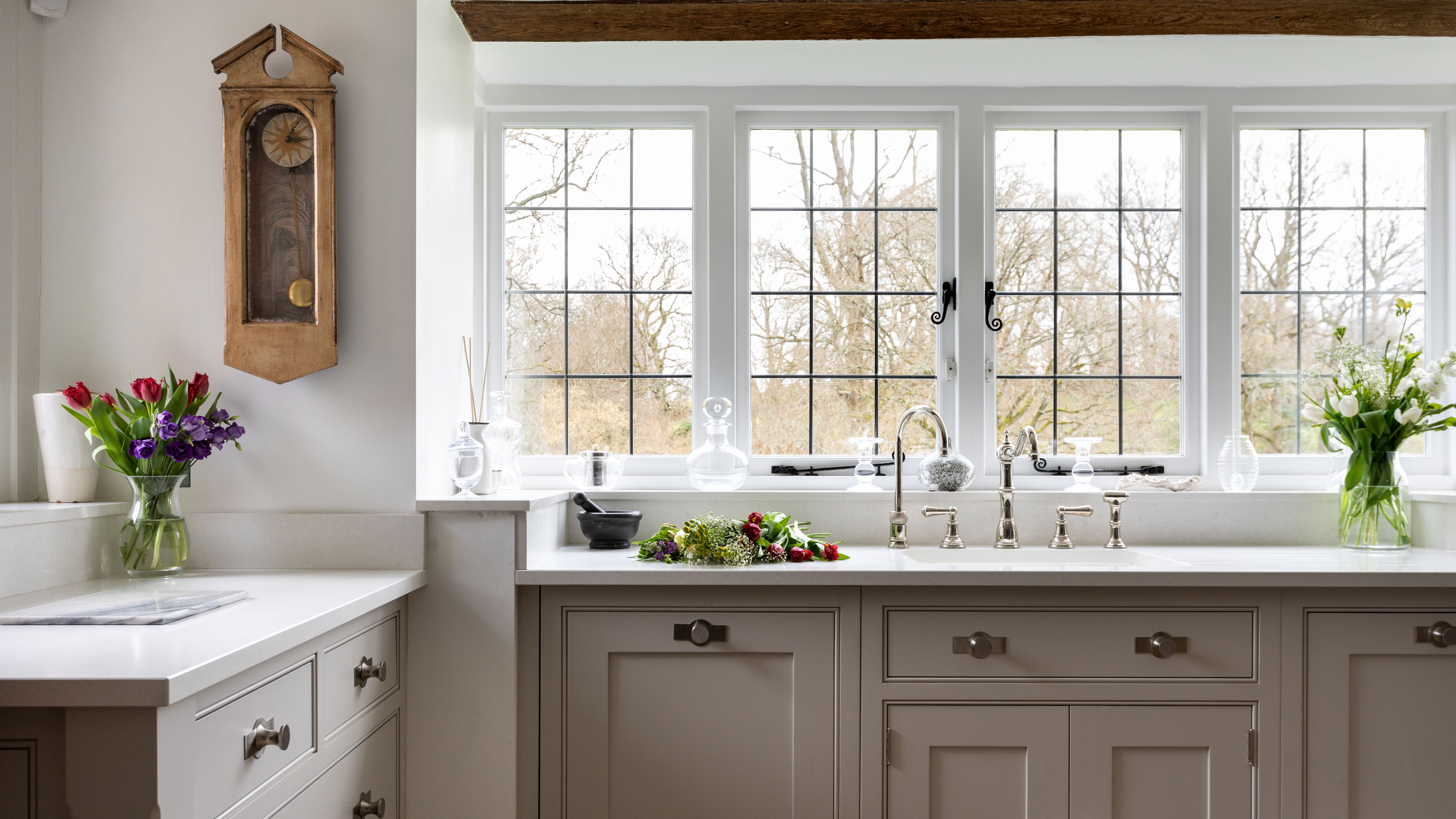

Like most people in the UK, I’ve been waking up to condensation on my windows over the past few weeks. It doesn’t help that I also live in a seriously damp Victorian home, which has an abundance of draughts and excess moisture everywhere. So, I figured I was the perfect candidate to try out three different ways to remove condensation from windows in the hopes of fixing the problem.
As experts say that we should all be wiping condensation off our windows to prevent damp and maintain the integrity of them over the winter months, removing the water that beads and pools around our seals and panes should be a priority for everyone. But from my experience, the process can be extremely messy and time-consuming - and oftentimes leave ugly window streaks in its wake.
So, I set out to see if there was a method that would remove condensation from windows in seconds - and with minimal fuss. And out of the three tools I tried, there was one that was a clear winner (and the good news is that it’s currently in the Black Friday sale!).
The condensation removal test products
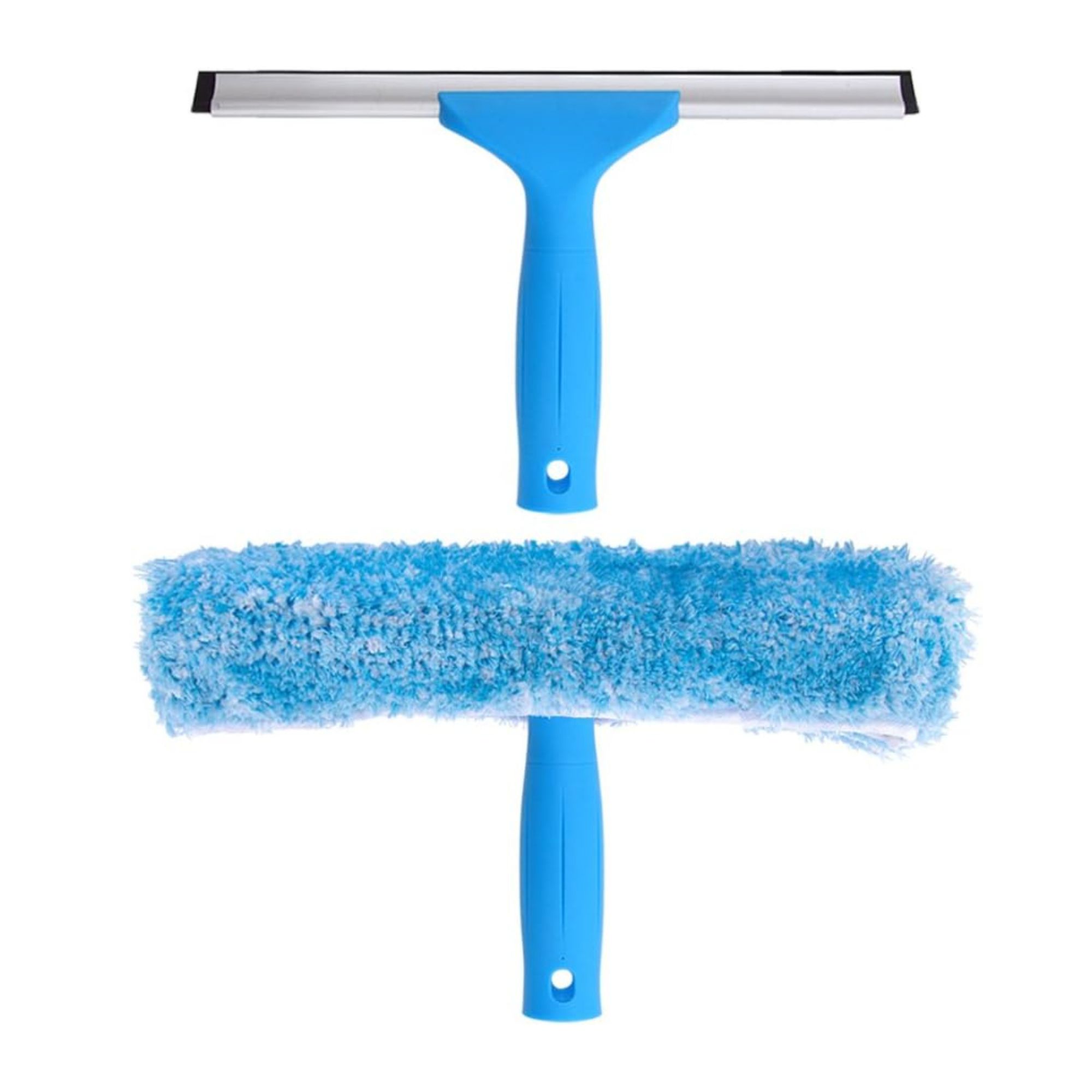
Although this set is from my favourite window cleaning tools guide, it's also ideal for use in the bathroom. I decided to see how it would fare with condensation, too.

As far as window vacuums go, this is the best of the best. For something a little cheaper, you can currently buy the Kärcher WV 2 Plus N Window Vac for a discounted price of £44.99 at Kärcher.
Test 1: A squeegee and a cloth
My first test was to use a squeegee and cloth to remove my window condensation, and I must admit that I had high hopes for it as I’ve seen a lot of people using this method on social media recently.
Plus, I was testing this first method in my dodgy (and very damp) ‘80s extension that has very limited insulation, and property expert Gregory Smith from PriceYourJob.co.uk, says this method is particularly handy in rooms where moisture levels are higher.
He explains, ‘If you see water dropping from the inside of your window, squeegee and dry it with a towel to discourage condensation. Any water left to sit can contribute to mould development, and this is an ideal way to tackle the issue as soon as you see it.’
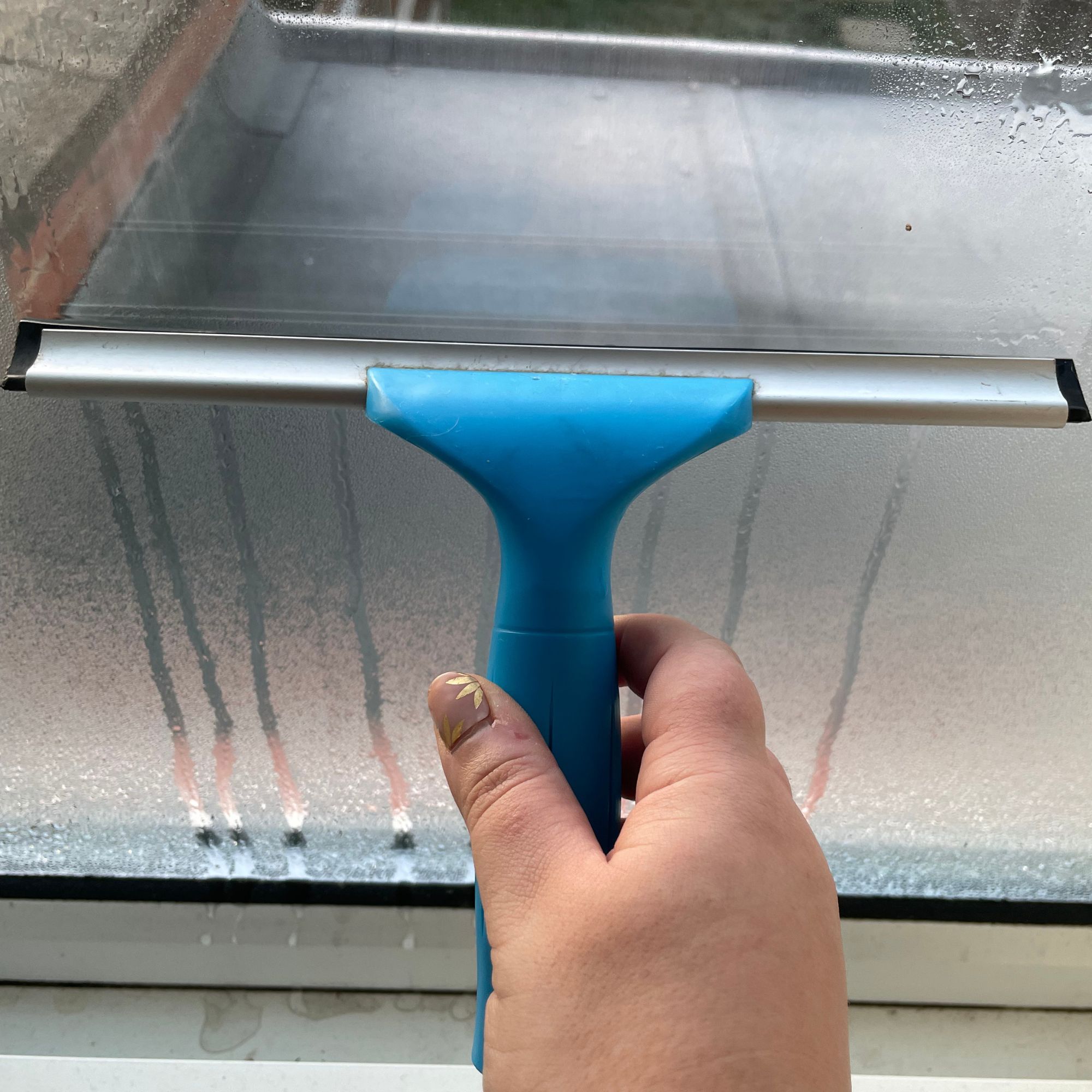
And while there’s no denying that squeegeeing the window worked a treat and left the clean area completely free from water, the whole process was very messy - and the cloth was very necessary.
Sign up to our newsletter for style inspiration, real homes, project and garden advice and shopping know-how
After all, the water needed to go somewhere, and it all pooled along the seals and the base of my windows. And I know from previous experience that this can ultimately lead to mould on window sills and seals, and the only thing that'll get rid of it is this HG Mould Spray (now £4.66 at Amazon).
Because of this, I decided to switch up my method slightly and use my most absorbent cleaning cloths - my William Morris Society x Seep Eco Sponge Cloths Collection (£9.50 at Seep for 4 cloths) - to sit at the base of my window frame and catch the droplets that fell. As these cloths can absorb up to 15 times their own weight, they did a pretty good job.
The problem was that the droplets had a bit of a mind of their own and still managed to puddle on the sill below. The end result was condensation-free windows with a mish-mash of dry and wet patches.
The squeegee also left the window a little streaky, which was somewhat an eyesore. So, it was a slight success, but it didn’t blow me away.
Test 2: Bicarbonate of soda
I’m a huge fan of using bicarbonate of soda around the house, but one thing many people don’t realise is that it’s highly absorbent. With this in mind, I decided to try out the baking soda condensation hack as my second method.
I filled a little Tupperware container with the bicarb, placed it on my windowsill in my bedroom, and then left it to (hopefully) work its magic overnight in the hope that I’d wake up to a condensation-free window in the morning.
And while it’s fair to say that it wasn’t a foolproof method, the baking soda did make a huge difference in both removing and preventing condensation buildup. There was still a bit left to wipe off with my sellout Lakeland Condensation Mitt (which is sadly out of stock again), but compared to the other windows in my house, the difference was very noticeable.
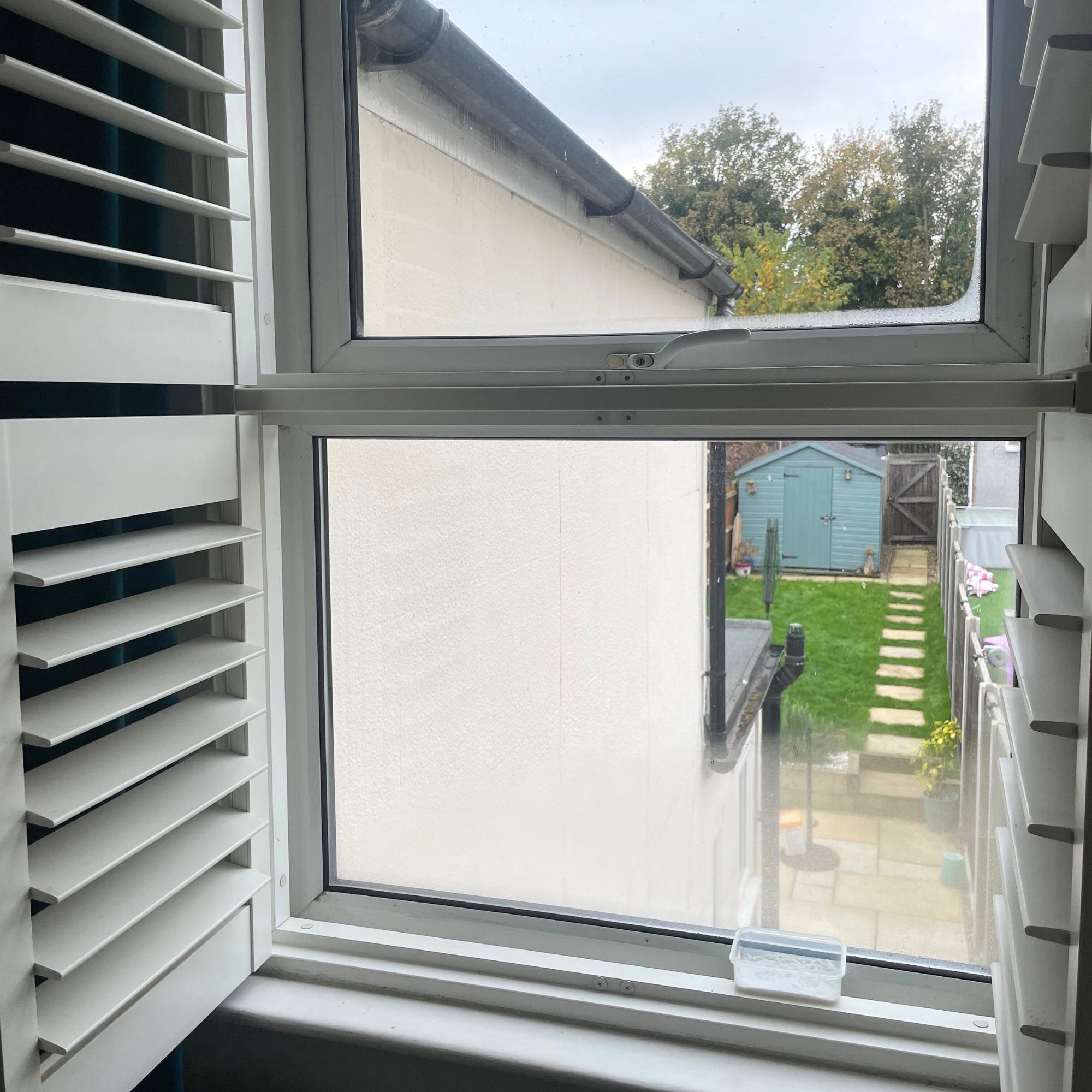
In essence, the bicarb acts as a natural alternative to the best dehumidifiers and will harden the more it absorbs the moisture, so it just needs replacing every few days. And Andy Ellis from Vidalux says cat litter and rock salt act in the same way. He says, ‘These household items double up as a great, cost-effective dehumidifier. Simply place them in a container near the window.’
Of course, you could also use something a little more stylish, like this ABSODRY DUO Moisture Absorber (£27.99 at Amazon), which uses calcium chloride crystal granules to remove moisture from your windows over time. It can also be refilled, so you can use it time and time again.
In general, though, the bicarbonate of soda impressed me more than I thought it would. However, it was a little slow, and the squeegee and cloth ultimately offered a quicker, more effective condensation removal process.
Test 3: A window vacuum
The whole Ideal Home team is obsessed with window vacuums, as there are so many unexpected uses for them. But one thing I do know is that they’re supposed to be the perfect tool for banishing window condensation - so, I put one to the test.
Instantly, I could tell that it was the worthy winner of this test. My Kärcher model had no problem sucking up every drop of moisture on my window panes thanks to its 280mm wide nozzle, and unlike the squeegee, not a single bead of water dripped down onto the sills or seals below.
The handheld appliance is also extremely lightweight and manoeuvrable, which meant it was easy to get right into the corners of my window panes and give wetter areas (which are typically at the bottom of my windows in my house) some extra attention. Plus, the whole process was so quick.

In fact, I was able to window vac every window in my home in the same amount of time it had taken me to use the squeegee and cloth on a single window. And I felt confident that I was leaving behind windows that were completely dry and streak-free.
I’ve since used my winning window condensation-busting tool every day since this test, and all I’ve had to do is empty the water tank and make sure it’s charged. But with 100 minutes of run time, I’ve done this very rarely.
So, I’m now recommending a window vacuum to everyone I know to keep window condensation to a minimum this winter - and these are my top picks.
Have you picked up a window vacuum yet?!

Lauren Bradbury has been the Content Editor for the House Manual section since January 2025 but worked with the team as a freelancer for a year and a half before that. She graduated with a Bachelor’s degree in English and Creative Writing from the University of Chichester in 2016. Then, she dipped her toe into the world of content writing, primarily focusing on home content. After years of agency work, she decided to take the plunge and become a full-time freelancer for online publications, including Real Homes and Ideal Home, before taking on this permanent role. Now, she spends her days searching for the best decluttering and cleaning hacks and creating handy how-to guides for homeowners and renters alike, as well as testing vacuums as part of her role as the Ideal Home Certified Expert in Training on Vacuums, having spent over 110 hours testing different vacuum models to date!
You must confirm your public display name before commenting
Please logout and then login again, you will then be prompted to enter your display name.
